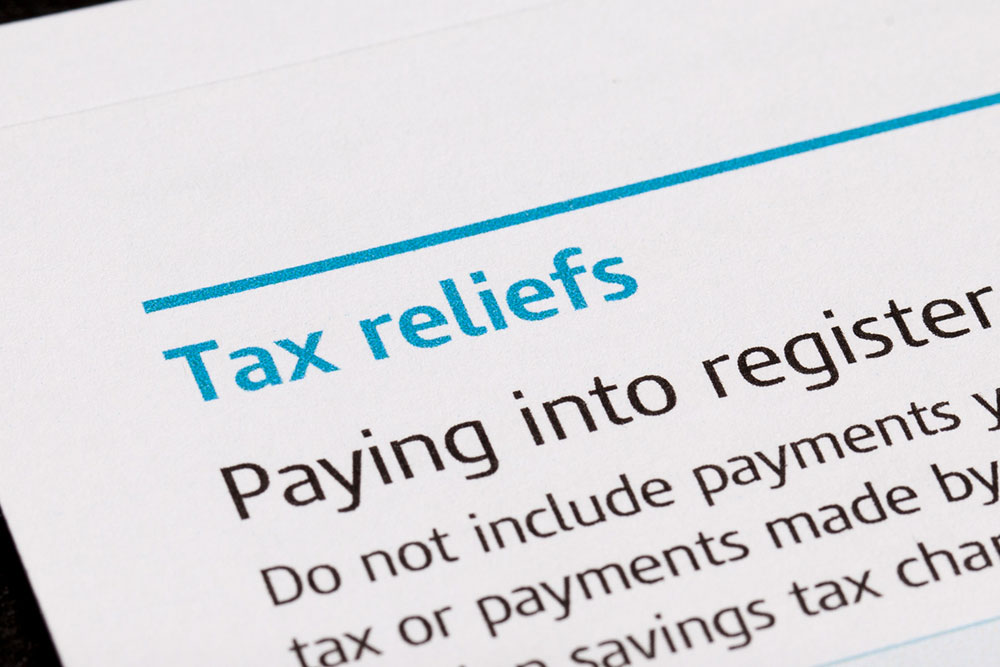Comprehensive Strategies for Affordable Tax Debt Relief Offered by the IRS
Discover comprehensive and affordable tax debt relief solutions offered by the IRS. Learn about programs like Installment Agreements, Offers in Compromise, and Penalty Abatement designed to help taxpayers manage their tax debts effectively during financial hardships. Find out how to access these resources and regain financial stability with expert guidance and proactive strategies.

Comprehensive Strategies for Affordable Tax Debt Relief Offered by the IRS
Dealing with financial challenges is an inevitable part of life. Unexpected expenses, economic downturns, or personal crises can severely impact an individual’s ability to fulfill tax obligations. Recognizing this reality, the IRS provides a variety of accessible and effective tax debt relief options designed to help taxpayers manage their debts during tough times. These programs aim to alleviate financial burdens, prevent liens or seizures, and promote long-term fiscal stability for taxpayers facing difficulties.
Typically, taxpayers contribute a portion of their income to government taxes. These contributions fund essential public services such as healthcare, education, infrastructure, and social welfare programs. However, when unforeseen financial setbacks occur—such as job loss, medical emergencies, or business failure—it becomes challenging to meet tax deadlines and obligations. This can lead to penalties, interest accruals, and mounting debt, complicating recovery efforts. Recognizing that rigid enforcement might not always serve justice or fairness, the IRS offers flexible solutions tailored to individual circumstances.
Understanding the available options is key to making informed decisions. While bankruptcy might be an option for some overwhelmed individuals, it is often a complex and lengthy process that can have lasting impacts on credit scores. Instead, the IRS encourages taxpayers to explore alternative, more manageable solutions. Programs like Installment Agreements, Offers in Compromise, and Penalty Abatement are tailored to help reduce debt, extend payment deadlines, or eliminate penalties altogether. These programs are designed to provide flexibility, allowing taxpayers to regain control over their financial health without the drastic steps involved in declaring bankruptcy.
Key IRS Tax Relief Programs
Installment Agreements: This program allows taxpayers to pay their owed taxes over time through manageable monthly payments. It helps avoid liens and garnishments, giving individuals the chance to settle their debt gradually while maintaining some financial stability.
Offer in Compromise (OIC): This is a settlement option where the IRS agrees to accept less than the full amount owed, often based on the taxpayer’s income and assets. It is particularly useful for those unable to pay their entire debt due to financial hardship.
Penalty Abatement: The IRS may waive or reduce penalties accumulated due to late payments or filing errors, especially if the taxpayer has a reasonable cause for their situation.
Currently Not Collectible Status: If a taxpayer faces severe financial hardship, the IRS might temporarily suspend collection activities, providing temporary relief.
Applying for these programs requires proper documentation and honest disclosure of your financial situation. Consulting with a tax professional or directly working with IRS representatives can streamline the process and improve chances of approval. Importantly, these options are not mutually exclusive; taxpayers can often combine strategies to optimize their relief package.
By leveraging these IRS solutions, taxpayers can avoid more severe consequences such as tax liens, levies, or legal actions. These programs empower individuals to recover and rebuild their financial stability gradually, emphasizing the importance of proactive communication with tax authorities during times of hardship. Moreover, understanding and utilizing these programs ensures individuals are not overwhelmed by mounting debts, fostering a more balanced and manageable approach to tax obligations.
Steps to Access IRS Tax Debt Relief Programs
Assess your financial situation thoroughly to understand the extent of your debt and your repayment capacity.
Gather all relevant financial documents, including income statements, bank statements, and details of assets and liabilities.
Consult a tax professional or visit the IRS website to explore eligibility criteria and application procedures for relief programs.
Submit a formal request for assistance, providing honest and detailed financial information.
Work closely with IRS representatives or your tax advisor to develop a tailored repayment plan or settlement offer.
Stay compliant with the agreed-upon terms to avoid further penalties or legal actions.
In conclusion, the IRS’s efforts to provide affordable tax debt relief options serve as a vital support system for struggling taxpayers. These programs are designed with flexibility and compassion to help individuals navigate difficult financial periods while maintaining compliance with tax laws. By understanding and utilizing these resources, taxpayers can find a pathway towards financial recovery, peace of mind, and a fresh start. Remember, proactive communication and professional guidance are crucial in maximizing the benefits of these programs and achieving long-term stability.




